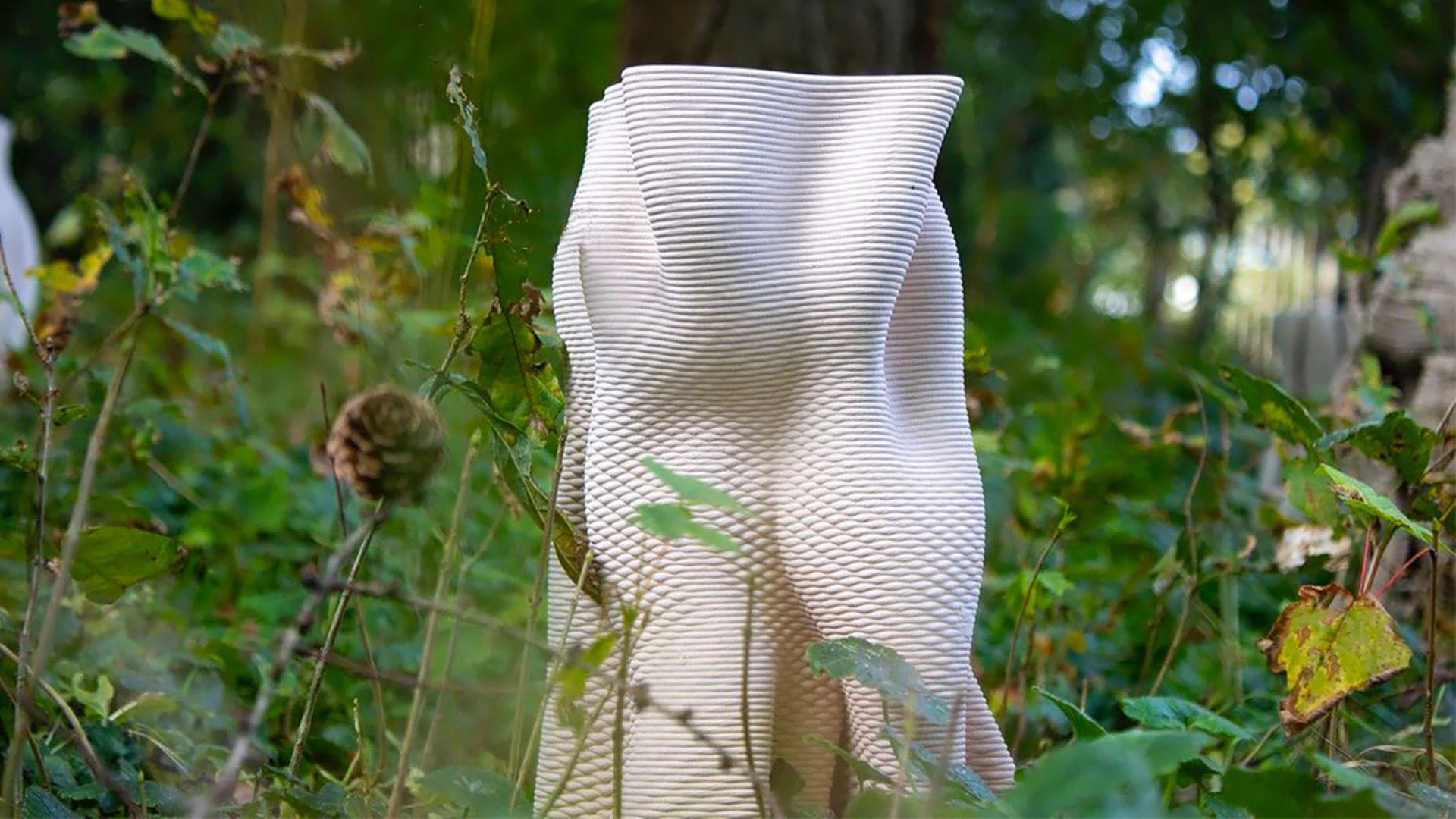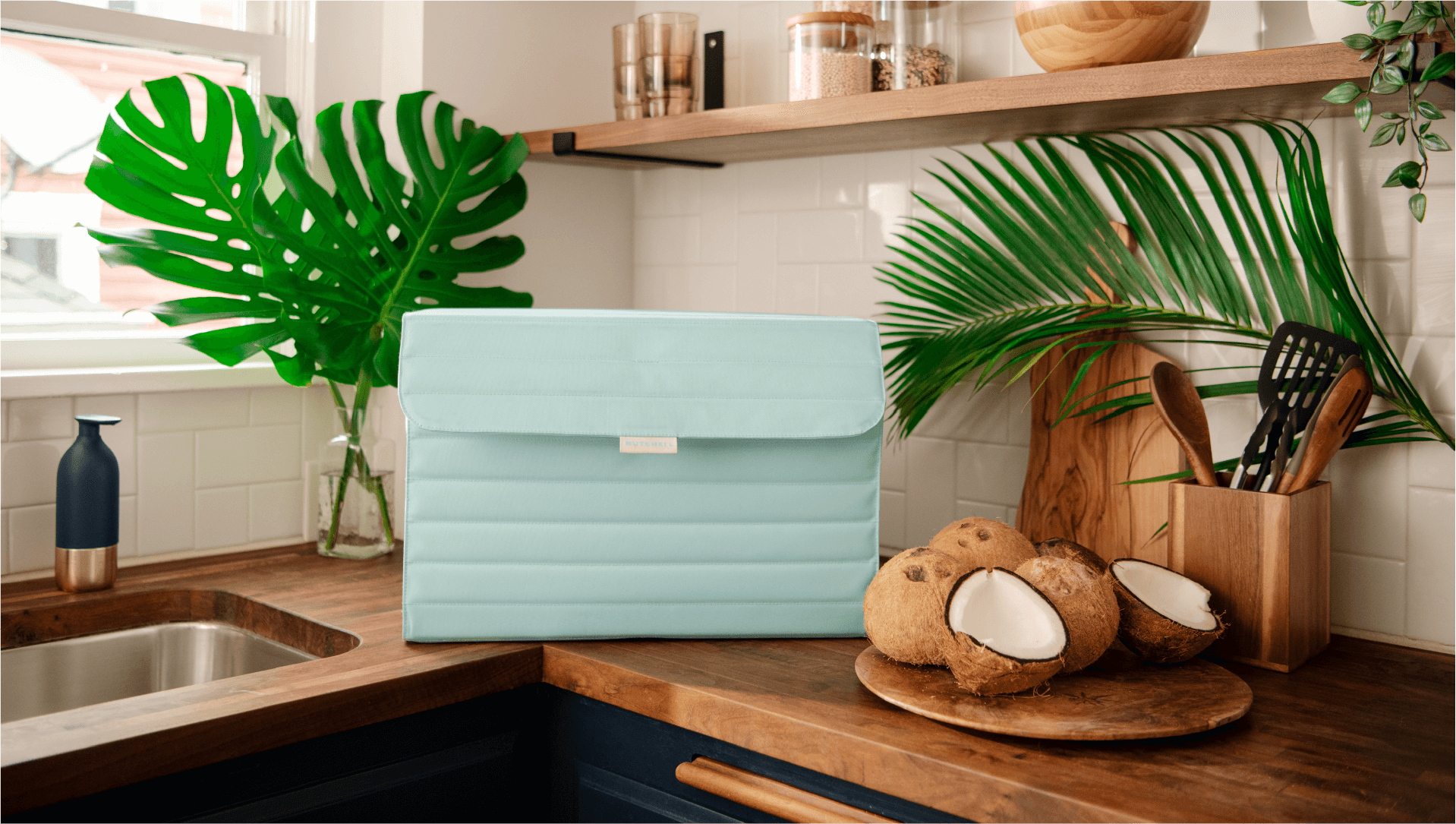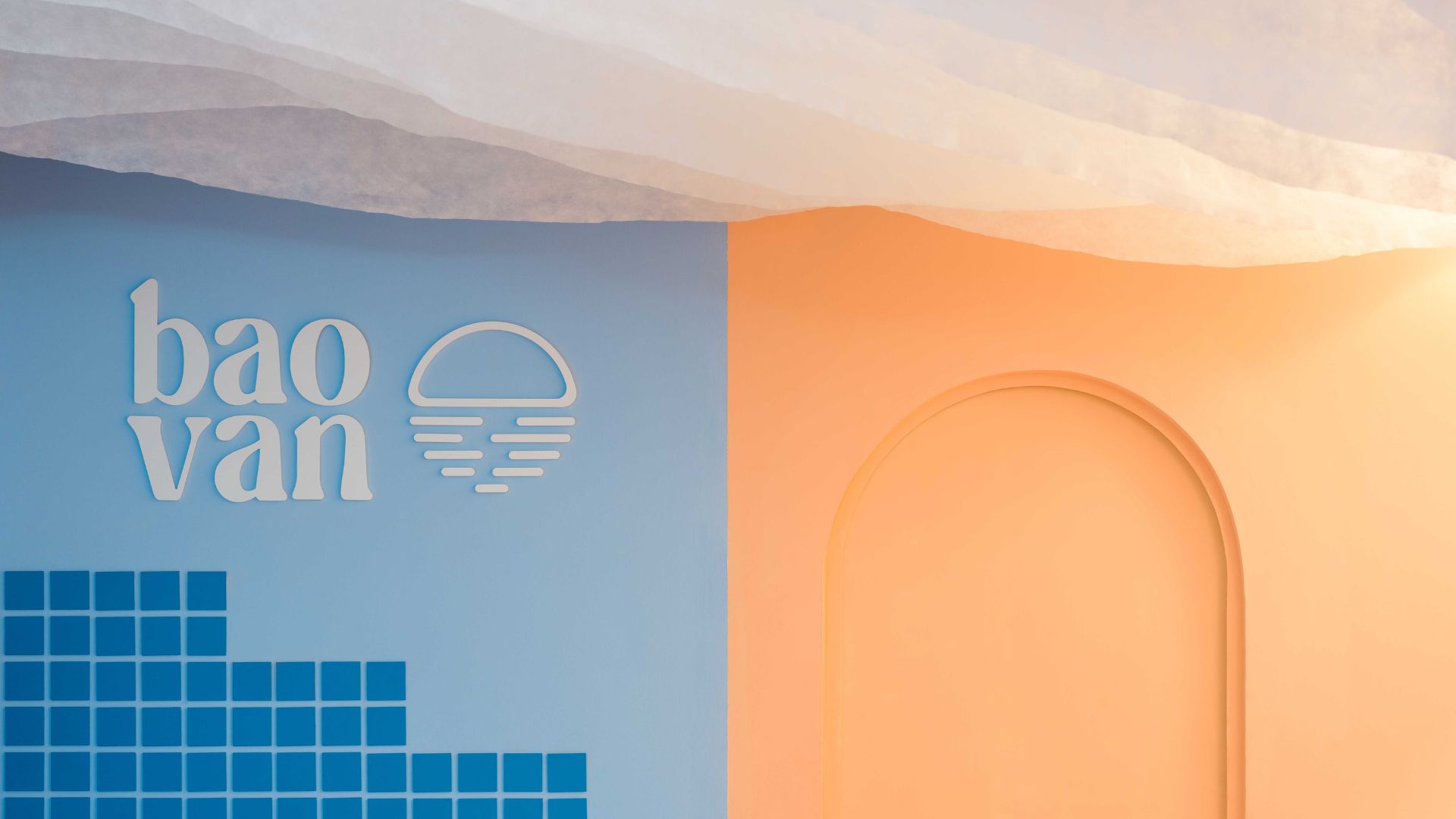A closer look at the 10 best Achille Castiglioni designs
The master of industrial design proved that exceptional purposeful products could be made of ordinary materials
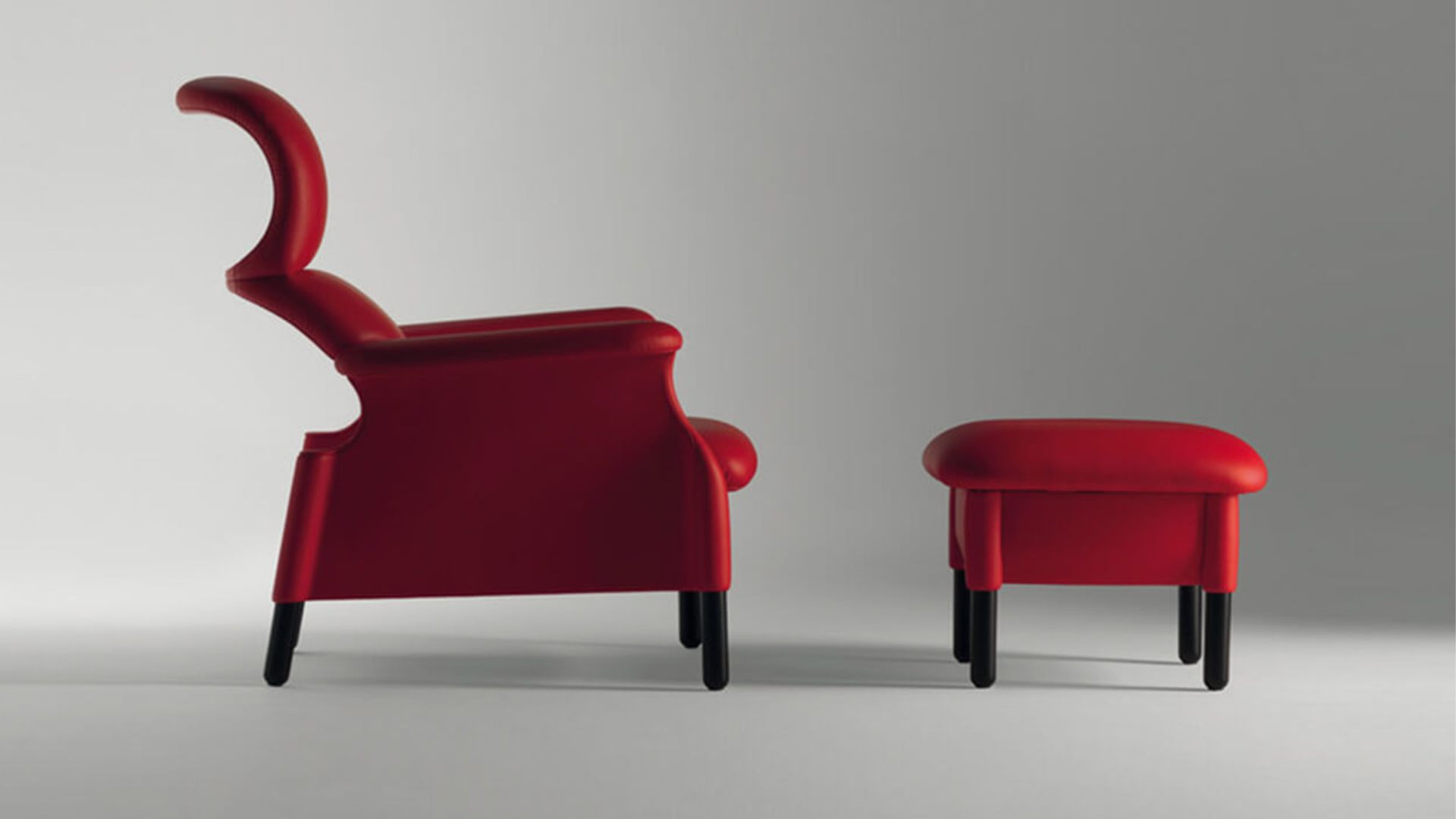
Often named one of the pioneers of global industrial design, Achille Castiglioni could penetrate the very essence of objects, see their potentialities and turn them into true masterpieces of design art.
Castiglioni was an essential part of the golden generation of talented Italians who took the national design to a new level and contributed to the rebirth of their country after World War II.
His work has been exhibited in the world’s leading museums and featured as examples in encyclopedias and educational manuals.
He could have been 100 years old in 2018, but in 2002 the maestro left this world, leaving a great legacy in Italian and world design.
Get to know some of his most iconic work below.
Floor lamp Luminator, FLOS, 1954
The Luminator floor lamp was invented by Achille and Pier Giacomo Castiglioni in 1954 and produced by Flos, which still manufactures it today.
The designers relied on simplicity and functionality.
The lamp consists of three parts – a tripod made of galvanized metal, an iron rod covered with glossy paint, and a lamp without shade.

This object clearly embodies the Castiglioni brothers’ main creative philosophy “to achieve maximum results with minimum means “.
Mezzadro stool, ZANOTTA, 1957
The Mezzadro stool is another icon of Italian design, created in the late 1950s by the Castiglioni brothers.
It is based on the idea of building furniture from whatever means are at hand.
The object, which is today included in all design history textbooks, is assembled from an old tractor seat from the early 20th century, a leg in the form of a bent iron bar, and a wooden stand resembling the handle of a corkscrew.

The seat is made of stamped, painted metal.
The bent iron leg to which it is attached served as a shock absorber in the tractor, but here it has the opposite function, allowing the seat to spring.
The prototype was produced by Isa and first shown at the XI Triennale in 1957.
Since 1970, it has been produced by the ZANOTTA factory.
Sella stool, ZANOTTA, 1957
For the same 1957 exhibition, Achille and Pier Giacomo made another stool from spare parts – a bicycle saddle, a steel pole, and an iron base on which the whole structure can swing and turn in all directions.
The name Sella means “saddle” in Italian.
Achille Castiglioni himself told the story of the appearance of this object, which very loosely could be called a stool, as follows: “When I’m on the phone, I like to walk back and forth, but I also like to sit down on something.”

Sella allows you to do both.
Corded landline phones are long gone, but the Sella Stool continues to be produced by ZANOTTA to delight all lovers of design classics.
Sanluca chair, POLTRONA FRAU, 1960
The 1960 Sanluca chair is a typical contemporary interpretation of a classic armchair.
Achille and Pier borrowed its deep upholstered seat, wide armrests, and comfortable backrest with a headrest to create their own version.
The shape and ergonomics of the chair were innovative for their time and are still relevant today.
The production process of the armchair is also unusual.
According to the designers’ idea, the seat, backrest, and headrest were made separately and assembled into a single whole.

Gavina made the first samples; then it was produced by Knoll (1969) and Bernini (1990) and, finally, since 2004, Sanluca has been offered by Poltrona Frau, a leader of the Italian furniture industry, together with Luca pouf that Achille Castiglioni added to the chair in 1991.
Taraxacum and Gatto lamps, FLOS 1960
In the 1960s, Achille and Pier Giacomo Castiglioni actively collaborated with the FLOS factory, together with which they introduced the revolutionary Cocoon technology.
Synthetic resin in the form of a spray was sprayed on the metal base of the lamp, forming a kind of transparent “cocoon” around it.
The Castiglioni brothers created several models using this technique, most famously the Taraxacum, the Viscontea, and the Gatto table lamp, which quickly gained popularity.
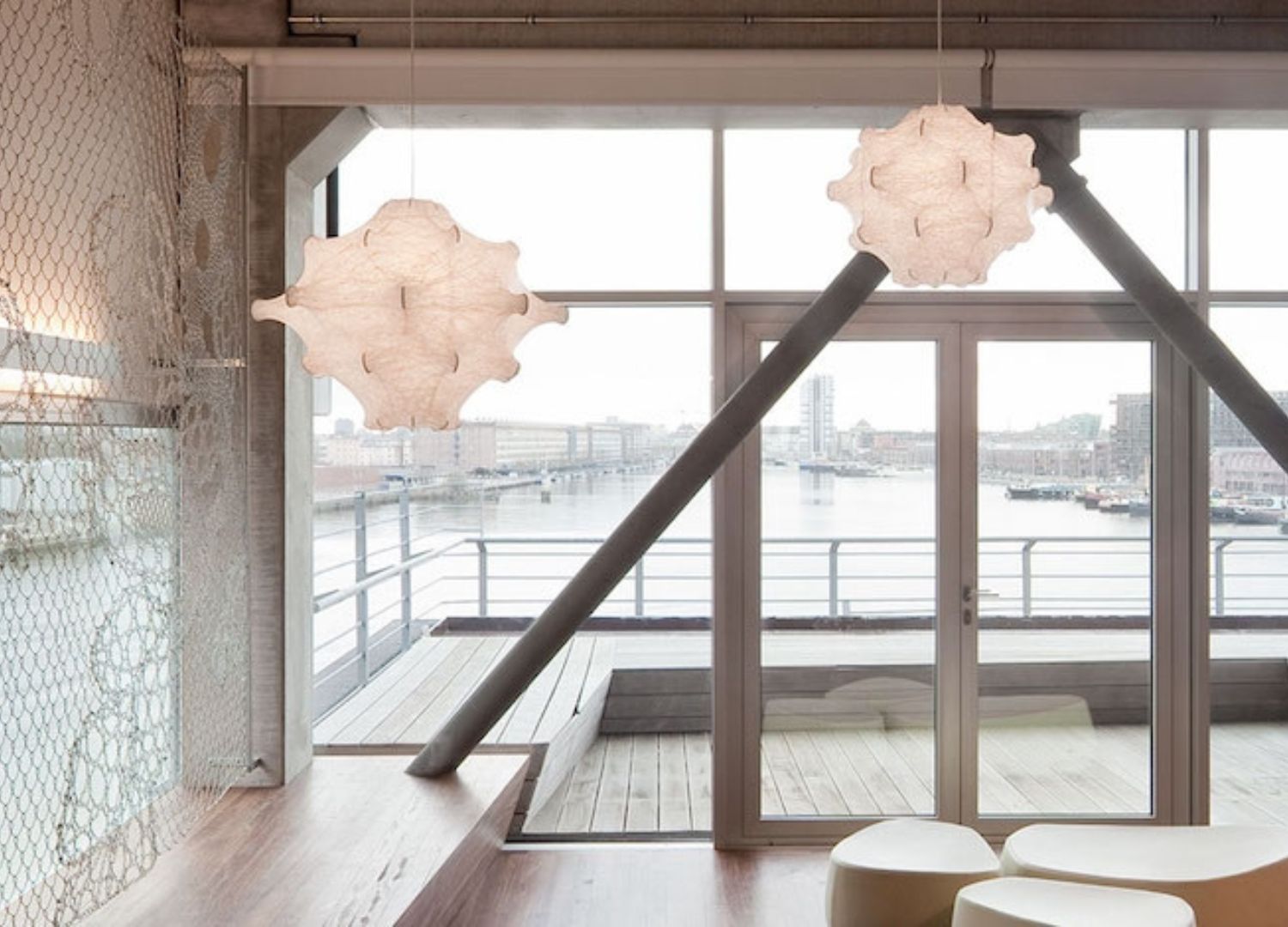
Brionvega RR126, RADIOLA, 1965
The Brionvega RR126 stereo radio went down in history, not only in design but also in technology.
Designed by the Castiglioni brothers in 1965, it created a real sensation as soon as it hit the market.
The original modular design allowed, if desired, to fold the radio into a compact square.
The case was made of wood by hand, so each piece was unique and unlike any other.
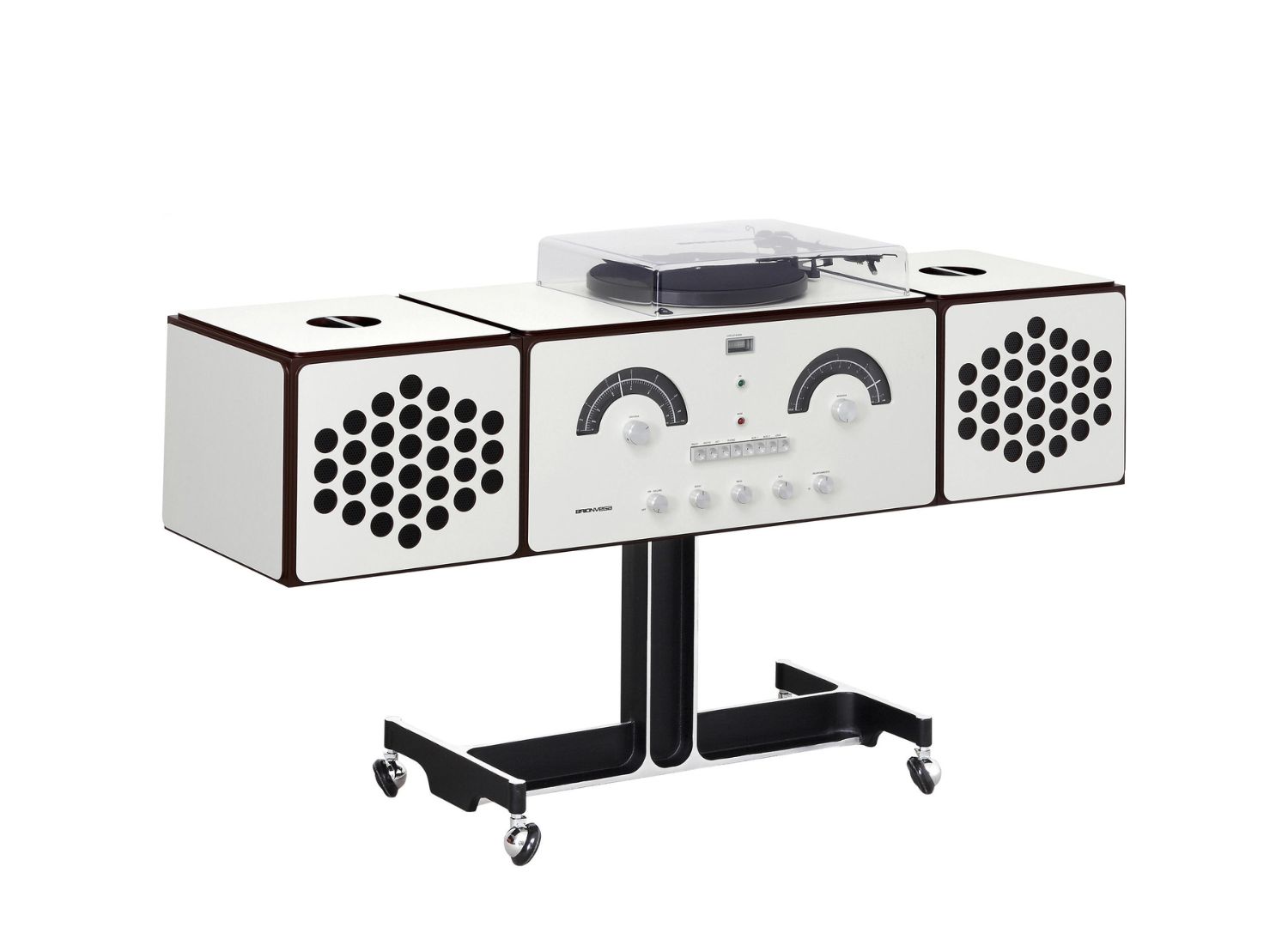
Thanks to the stand-on wheels, the Brionvega RR126 could be easily moved around the room.
Firenze wall clock, ALESSI, 1965
Achille and Pier Giacomo Castiglioni designed the Firenze wall clock in 1965 for the exhibition La Casa Abitata in the Palazzo Strozzi in Florence, the city whose name it still bears today.
The prototype, shown at the exhibition, was made by the company Lorenz but was not produced until the mid-1990s.

In 1996, the company Alessi and Achille finalized this project and produced a wall clock, keeping the original design but adding new bright colors.
Glasses Paro, DANESE, 1983
After his brother died in 1968, Achille continued to work both alone and in tandem with other designers.
The Paro inverted glasses were created by the master in 1983 and produced by Danese.
Their idea is simple (as anything ingenious) and is still often copied by other brands – turn the glass upside down, and the stem becomes a shot glass.

Joy, ZANOTTA, 1989
Another original work from the 1980s, the Joy modular shelving unit (Zanotta, 1989), is essentially a creative reworking of the Basello console created by Achille Castiglioni two years earlier.

It consists of several wooden consoles of different sizes strung on a steel rod, which can be twisted in all directions to create the most intricate spatial compositions.
Chair 40/80, Moroso, 1999
In the last years of his life, Achille Castiglioni was not only a designer but also a teacher at his alma mater, the Politecnico di Milano, raising many contemporary design stars, such as Patricia Urquiola.
He liked working with young people and often invited young designers to make something together.
One such project was the 40/80 chair Achille co-created with Ferruccio Laviani in 1999 for Moroso.

The Castiglioni brothers’ work largely shaped the development of post-war Italian design, found its way into museum collections worldwide, and remains iconic for all design connoisseurs.
Although years have passed since Achille Castiglioni’s industrial products were made, they are still as impressive and joyful today.













